Anxiety in Today’s World
Many of us are familiar with the experience of anxiety—sweaty palms, racing heartbeat, and frantic thinking. The prevalence of anxiety in today’s world is significant: as the most common mental health challenge in the United States, anxiety disorders are diagnosed in around 40 million adults in the United States per year. Even if you are not among the 31.1 percent of the population who has struggled with an anxiety disorder across their lifetime, perhaps you have experienced occasional bouts of anxiety in response to everyday stresses.
Anxiety is often a rational reaction to a chaotic and unpredictable world, and stems from a combination of genetics, neurochemistry, and life events. At its best, anxiety helps us anticipate and prepare for danger. In excess amounts, however, anxiety loses its self-protective mechanism, interferes with everyday functioning, and impedes us from enjoying life to its fullest.
Despite the prevalence of this condition, only about one-third of individuals with anxiety disorders end up receiving treatment. Mainstream mental health interventions typically consist of psychotherapy, psychiatric medication, or both. Now, a growing body of research is pointing to the efficacy of psychedelic substances, such as LSD and psilocybin, in relieving anxiety and other mood disorders, such as treatment-resistant depression, bipolar disorder, and post-traumatic stress disorder (PTSD).
Your Brain on Anxiety
On a neurological level, anxiety correlates with impaired pattern separation, “a process by which similar experiences or events are transformed into discrete, non-overlapping representations,” according to a 2012 review by Nature Neuroscience.
Put another way, those with anxiety may become fearful in neutral situations, if aspects of the neutral scenario resemble a prior, unsafe situation. Impaired pattern separation makes it difficult to discern between actual threats and non-threatening stimuli that simply remind us of a previous threat. The result is an overly generalizing, hypervigilant mind perpetually stuck in anxious mode.
One theory posits that impaired pattern separation results from reduced neurogenesis—the process by which new neurons are formed in the brain. Without a diversity of neural connections, it becomes easy to overgeneralize and to default to limiting, anxiety-provoking beliefs, such as, The world is always scary, or Things have gone wrong for me in the past, so this next thing will probably go wrong, too.
Neurogenesis is closely linked to neuroplasticity: the brain’s potential to grow, organize, and rearrange neural networks in response to its changing environment. The more new neurons that are created through neurogenesis, the more equipped the brain is to rewire itself in an adaptive manner through neuroplasticity.
The parallel processes of neurogenesis and neuroplasticity facilitate our capacity to process information, retain memories, and confront challenges. This type of mental fitness and flexibility helps us to shift habitual thought patterns by consciously reprogramming the brain from anxiety to emotional stability through mindful action.
Grow 1 Year's Worth of Microdoses in Just 6 Weeks
Third Wave partnered with top mycologists to create the world’s easiest and best mushroom growing program (kit, course, and expert support).
- Pre-sterilized and sealed
(ready to use out of the box) - Step-by-step video and text course
- Access to growing expert in community
- Make your first harvest in 4-6 weeks
- Average yield is 1 - 4 ounces (28-108g)
- Fits in a drawer or closet
- Enter info for Third Wave discounts:
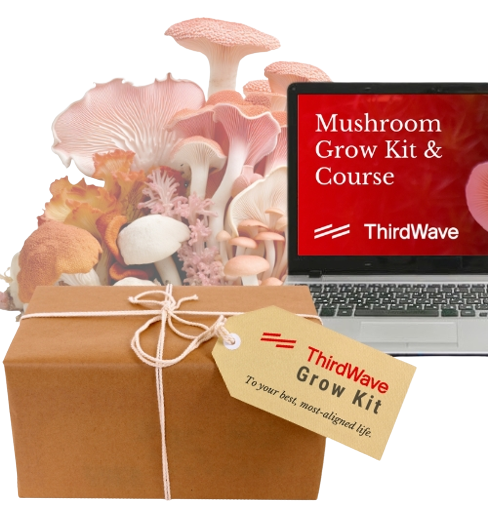
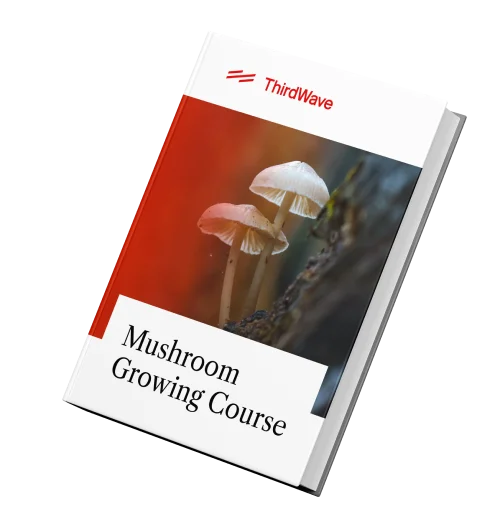
Grow 1 Year's Worth of Microdoses in Just 6 Weeks
Third Wave partnered with top mycologists to create the world’s easiest and best mushroom growing program (kit, course, and expert support).
- Pre-sterilized and sealed
(ready to use out of the box) - Step-by-step video and text course
- Access to experts in community
- Make your first harvest in 4-6 weeks
- Average yield is 1 - 4 ounces (28-108g)
- Fits in a drawer or closet
- Enter info for Third Wave discounts
The Science is In: How LSD, Magic Mushrooms, and Other Psychedelic Drugs Improve Mental Health
There are a number of ways to promote neurogenesis and neuroplasticity, such as exercise, dietary changes, challenging brain activities, travel, sexual activity, meditation, dance, art-making, and—as a growing body of research indicates—the consumption of psychedelic substances, such as lysergic acid diethylamide (LSD), N,N-dimethyltryptamine (DMT), MDMA, and psilocin and psilocybin (the psychoactive compounds in magic mushrooms and truffles). These long-stigmatized psychedelic compounds are changing the way we understand the brain and shaking up the field of psychiatry as we know it.
“The notion is that you take a system that’s become entrenched in pathology. It’s fallen into a pattern or patterns that aren’t healthy and those patterns have become reinforced for whatever reasons,” Dr. Robin Carhart-Harris, head of the Center for Psychedelic Research at Imperial College London, explained in an interview with the Psychopharmacology Institute. “And so you can introduce psychedelics and you can shake things up and you can work on revising or updating some of those patterns and likely the beliefs which they relate to and so essentially revise your belief structure.”
According to a 2017 study by a team of Spanish researchers, Banisteriopsis caapi—the DMT-containing plant found in the traditional Amazonian brew of ayahuasca—stimulates neurogenesis. The three main alkaloids in B. caapi—harmine, tetrahydroharmine, and harmaline—facilitated the production of new neurons in adult mice brains in vitro. Specifically, the neural growth occurred in the hippocampus, the part of the brain that stores and processes memories.
It is worth noting that the neurogenesis-inducing qualities of DMT are distinct and separate from its hallucinogenic properties. Neurogenesis occurs when DMT binds to the sigma-1 receptor in the brain, whereas hallucinatory effects result when DMT binds to the serotonin 5-HT2A receptor (which is featured in the research of pharmacologist David Nichols, Ph.D.) . This distinction suggests that it may not be necessary to have a full-on psychedelic experience in order to experience the neurochemical benefits of psychoactive substances.
Research by David Olson, Ph.D., and his colleagues at UC Davis further highlights the link between DMT and neuroplasticity. When given low doses of DMT and then placed in a pool of water, rats persisted in paddling and searching for an escape, demonstrating minimal anxiety. In comparison, rats without DMT in their system became immobile and simply floated in the pool of water, succumbing to their fear response.
The researchers theorized that the DMT-injected rats experienced enhanced neuroplasticity, which allowed them to overcome their fear conditioning and adapt their behavior in response to the environment. Another study done by this same research team observed the neuroplasticity-promoting properties of other psychedelic compounds, such as LSD, DOI (a psychedelic drug in the amphetamine class), and ketamine (a dissociative anesthetic known for providing short-term relief in people with severe depression).
The role of psychedelics in mitigating anxiety is further evidenced by a 2013 psilocybin study. In this double-blind clinical trial, single moderate doses of psilocybin were administered to 29 patients with cancer-related anxiety and depression. After controlling for the placebo effect, results revealed “immediate, substantial, and sustained improvements in anxiety and depression” among study participants. These effects endured in 60-80% of the cancer patients at the 6-month follow-up after the initial psilocybin treatment.
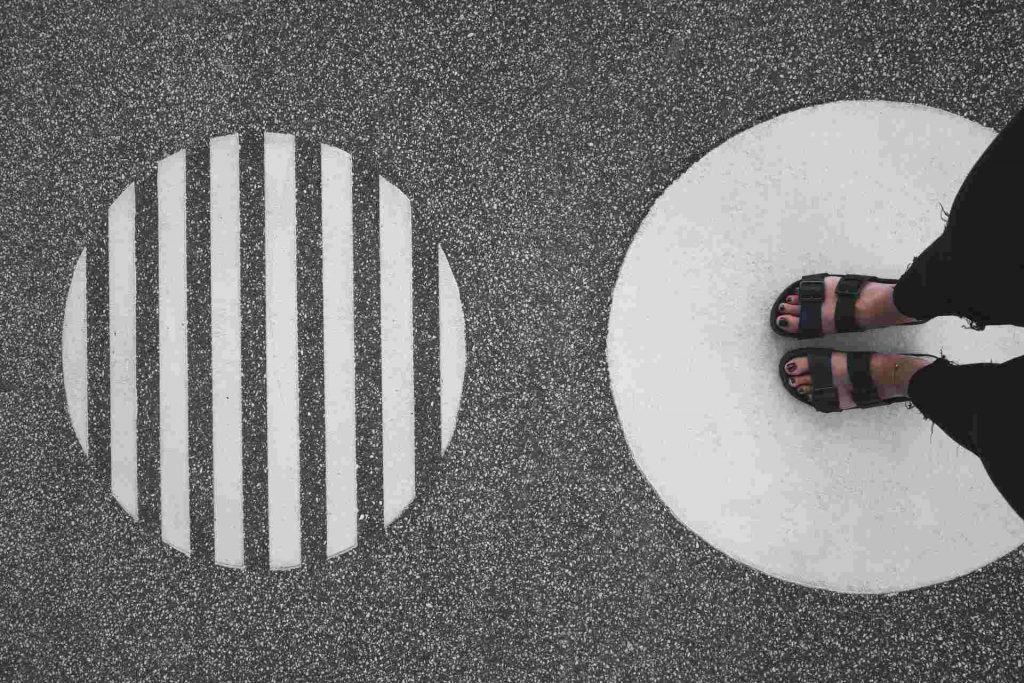
How Does Microdosing Work?
A psychedelic microdose is generally defined as “one tenth of a dose normally causing hallucinogenic effects,” which comes out to about 10 micrograms of LSD or 0.1-0.3 grams of dried magic mushrooms.
Watch the video below to learn how to microdose mushrooms.
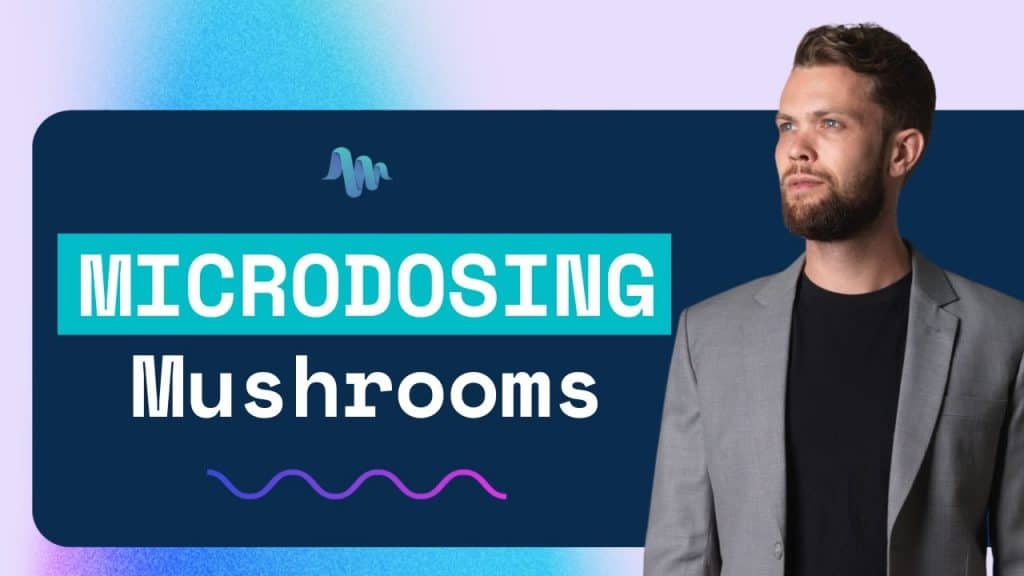
Microdosing is one way to experience the benefits of psychedelic medicines without embarking on a full-on visionary journey. Whereas high doses are known to evoke intense mystical experiences, a microdose is more likely to set you up for a really good day. The subtle effects of such a small dose are not meant to interfere with everyday functioning.
People most commonly report microdosing LSD and psilocybin-containing mushrooms. The typical regimen consists of one microdose every fourth day for a few weeks, followed by a reset period, and then another dosing period. This is referred to as the “Fadiman protocol,” named after the prominent psychedelic advocate Dr. James Fadiman.
By spacing out the microdoses across time, one avoids building up a tolerance to the substance. On the “off” days in between microdoses, one processes and integrates the effects of the medicine while in their baseline state. Due to the variability in physical tolerance and personal needs, it is important that each individual find the dosage amount and schedule that works best for them.
Microdosing LSD vs. Magic Mushrooms: What’s the Difference?
The two most commonly microdosed psychedelics, LSD and psilocybin, generally induce similar antidepressant and anxiety-alleviating effects when consumed in low doses. Subtle differences have been noted, however: Anecdotal reports tend to describe LSD as more stimulating and cognition-enhancing, while psilocybin reportedly leads to more emotional insights and enhanced wellbeing.
Individuals with anxiety may wish to exercise caution when using LSD, since its stimulatory effects could further enhance the already hyper-aroused state of anxiety. Psilocybin may be more suitable for the treatment of anxiety, while doses of LSD might best serve individuals with depression (a state of hypo-arousal, or under-stimulation). That being said, more robust research is necessary in order to determine the full extent of differences between LSD and psilocybin microdosing.
Benefits of Microdosing Psychedelics: More Joy, Less Anxiety
Microdosing has gained popularity in recent years, as anecdotal reports and scientific studies highlight its various beneficial effects: increased positive mood, increased energy, increased productivity, alleviation of pain, and enhanced connection with self and others.
In a 2019 study, Thomas Anderson and his colleagues at the University of Toronto created an “empirical codebook” where they found that 26.6% of 278 microdosers reported heightened feelings of happiness, peace, and gratitude, as well as increased spiritual and emotional insights. 5.8% of study participants noticed cognitive benefits, such as improved memory, clarity, and problem-solving skills; 14.8% experienced better focus, concentration, and mindfulness; 12.9% saw an uptick in creativity; and 4.2% felt a reduction in anxiety.
In an even larger international questionnaire conducted in 2018, 44% of 1,102 self-reported microdosers reported that their mental health was “much better” as a result of psychedelic microdosing (primarily with LSD and psilocybin). 21% used microdosing primarily to cope with depression, and 7% cited anxiety as their reason for self-treatment. A survey conducted at Maastricht University found that, for individuals with anxiety or depression, psychedelic microdosing yielded more positive effects than did conventional, psychiatry-based mental health interventions.
Grow 1 Year's Worth of Microdoses in Just 6 Weeks
Third Wave partnered with top mycologists to create the world’s easiest and best mushroom growing program (kit, course, and expert support).
- Pre-sterilized and sealed
(ready to use out of the box) - Step-by-step video and text course
- Access to growing expert in community
- Make your first harvest in 4-6 weeks
- Average yield is 1 - 4 ounces (28-108g)
- Fits in a drawer or closet
- Enter info for Third Wave discounts:


Grow 1 Year's Worth of Microdoses in Just 6 Weeks
Third Wave partnered with top mycologists to create the world’s easiest and best mushroom growing program (kit, course, and expert support).
- Pre-sterilized and sealed
(ready to use out of the box) - Step-by-step video and text course
- Access to experts in community
- Make your first harvest in 4-6 weeks
- Average yield is 1 - 4 ounces (28-108g)
- Fits in a drawer or closet
- Enter info for Third Wave discounts
Risks and Challenges of Microdosing
Microdosing is not a one-size-fits-all solution. Each individual’s physiology and personality will interact differently with different psychedelic compounds.
For a minority of individuals, microdosing may evoke overwhelm or discomfort. In a 2019 study published in the International Journal of Neuropsychopharmacology, 20% of the 1,116 survey respondents reported experiencing adverse side effects while under the influence of a psychedelic microdose. Such effects include nausea, dizziness, tiredness, paranoia, and heightened anxiety or restlessness.
That being said, microdosing with psilocybin mushrooms and LSD appears unlikely to cause any lasting damage or distress, and self-reported negative effects of psychedelics generally fade within the same day that the microdose is consumed. Only 1-3% of individuals in the 2019 microdosing study reported experiencing unpleasant psychological or physical symptoms that lasted for days after the initial dose.
Some adverse microdosing experiences are attributable to improper dosing. While “one tenth of a dose normally causing hallucinogenic effects” is considered the standard microdose, depending on individual physiology and the potency of the psychedelic compound consumed, the same dosage may result in a range of different experiences.
Unpleasant effects tend to occur when one consumes a microdose that is too high for their personal tolerance (i.e., beyond their “functional dose”). Alarmingly, the majority of microdosers do not know the exact dosage that they are ingesting, which amplifies the risk of having an adverse experience.
Those with a history of schizophrenia are advised to proceed with caution around psychedelics, as the effects of full-dose hallucinogens may exacerbate existing psychotic symptoms and create an unhealthy split from reality. For individuals without a predisposition toward schizophrenia, though, no link has been found between psychedelic consumption and psychosis.
Despite the potential risks of combining full-dose psychedelics and schizophrenia, research on microdosing and schizophrenia is still lacking. Limited anecdotal evidence, such as a first-hand account published by the Multidisciplinary Association for Psychedelic Studies (MAPS), suggests that low doses of hallucinogens may aid in the treatment of schizophrenia. Further clinical trials must be conducted before the full range of risks and benefits for microdosing across a variety of mental health conditions can be established.
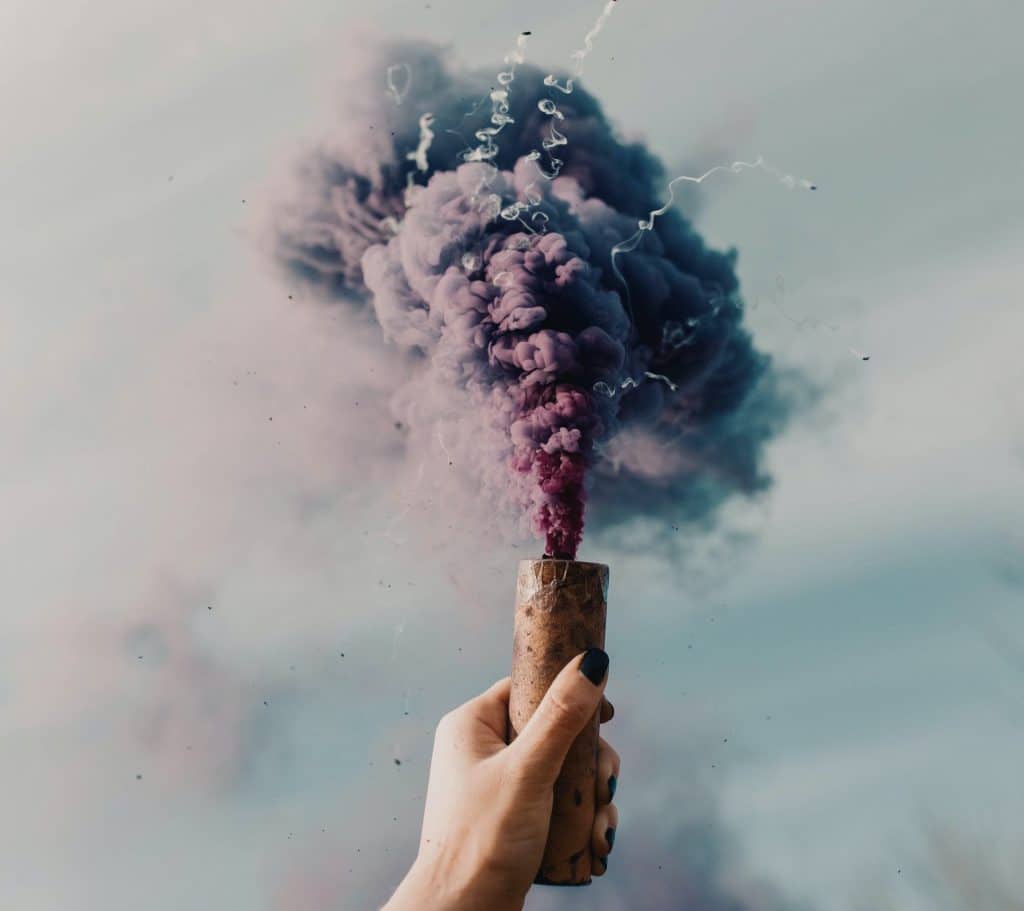
Self-Transformation Through Microdosing
Not all unpleasant experiences are necessarily bad. Challenging emotions that arise while microdosing may be unprocessed feelings in need of conscious re-examination.
As Martin Andersson and Anette Kjellgren noted in their 2019 microdosing study, the increased anxiety reported by some users could be “a function of a therapeutic or cathartic process, where increased awareness initially intensified anxiety and stirred up negative emotions, and also provided more insights and possibilities to work through personal issues.”
The thoughts, feelings, and sensations that emerge during a psychedelic experience are all data points that we can use to better understand ourselves and to inform our self-growth. With proper support (such as psychotherapy and integration circles), challenging experiences may yield significant healing insights.
Psychoactive medicines have the potential to transform the way we relate to ourselves and to one another. Psychedelic microdosing benefits have been noted by many, from neuroscientists to Silicon Valley execs to best-selling author Ayelet Waldman. Whether your goal is to alleviate anxiety, enhance creativity, boost productivity, or all of the above, psychedelics might be a useful tool in your journey of self-development.
Psychedelic therapists are trained clinicians who can support you before, during, and after your psychedelic journeys. To find the therapist who matches your mental health goals and preferred plant medicines, visit Third Wave’s vetted psychedelic therapist Directory.
KEY TAKEAWAYS
- Neuroplasticity—the brain’s capacity to grow, adapt, and rearrange neural pathways—is essential for combatting anxiety.
- Psychedelic medicines boost neuroplasticity, and can rewire the brain to help us shift from anxious thinking to forming healthier habits.
- Microdosing allows you to experience the benefits of psychedelic medicines while still engaging with everyday activities.
Microdosing is a science that should be personalized to your unique situation. If you’d like to learn how to use psychedelic microdoses to elevate your mind, body, and spirit, check out Third Wave’s Microdosing Course. This will guide you through the basics—then dive much deeper, helping you tailor your routine to meet your personal goals.


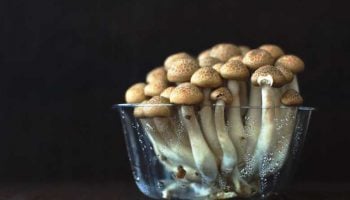
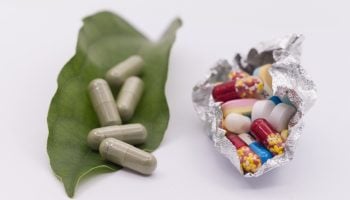



I am a huge advocate for the potential of psychedelics to manage a range of medical conditions when used skilfully and following evidence-based guidelines.
Microdosing may not fall into this group.
This new study, which involved nearly 200 participants, is one of the largest “placebo-controlled” studies on psychedelics ever conducted, in which people take either a real microdose of psychedelics or a placebo. It found microdosing effects no better than placebo.
Source: https://www.livescience.com/microdosing-lsd-placebo-effect.html
Hi Ian,
Thanks for posting. That study is definitely interesting. In the big picture, we have to keep in mind that it is only one study and researchers will need much more info to determine whether it’s always placebo or if the medicine is actually doing something. Matthew Johnson with Johns Hopkins University was interviewed about that study and his opinion was, “My best guess is that there is indeed some direct efficacy for at least some measures and in some circumstances and some individuals, but we need more research to further tease out placebo from any direct efficacy,” Johnson said. The article can be found here: https://www.livescience.com/microdosing-lsd-placebo-effect.html
Placebo effect is always at play in medications where subjective feelings are the ultimate measure of efficacy, which includes legal prescription medications. It will be interesting to see what research discovers in the next few years! Exciting stuff!
Best,
Ginger
Very disappointed you have chosen not to post my comment re latest microdosing study (posted yesterday)
This needs to be an evidence based space that looks at all aspects of psychedelic information in order to best educate your readers.
Failing to acknowledge research such as this (even if you don’t agree with it) leaves you lacking credibility and failing in a duty of care to your readers.
Hi Ian, we didn’t delete your response, just hadn’t had a chance to review until now. It’s live now. Thanks!